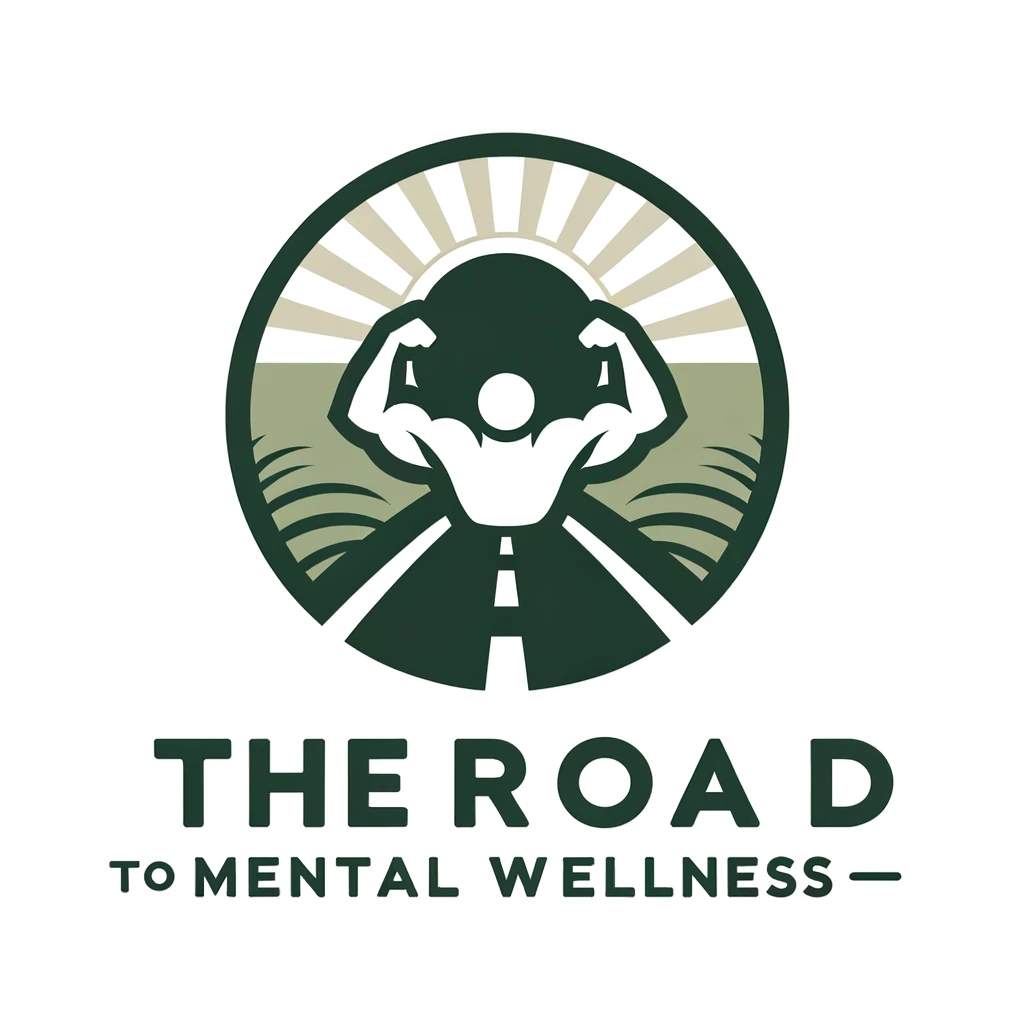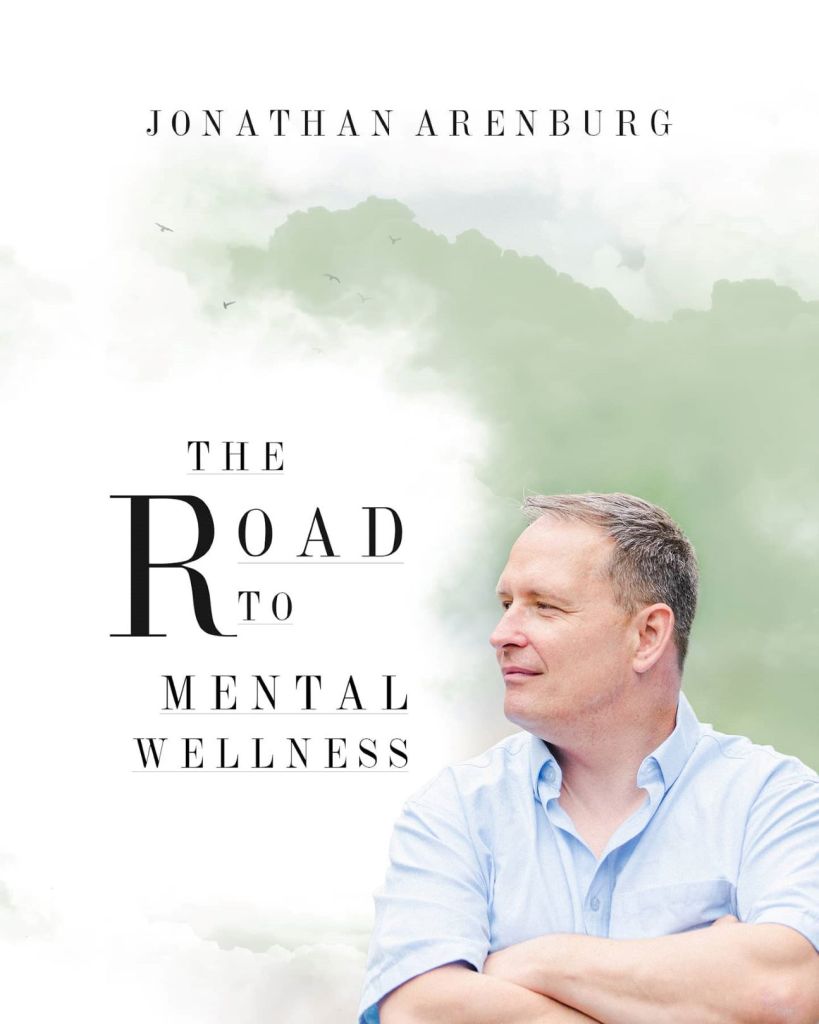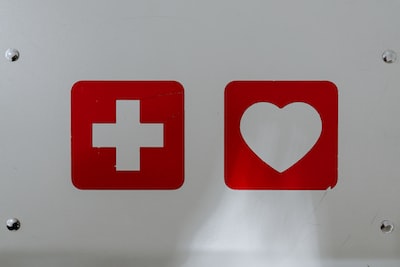“We can’t heal if we don’t have the tools to succeed in this life – How to Build a Mental Health First Aid Kit. Follow us!
Follow
Wouldn’t it be nice to control every little thing that triggers you? From noisy cars to sudden bangs, my god, what a wonderful world that would be. There’s only one problem: we cannot. It’s impossible. Heck, even if you could, you would always be at odds with someone trying to tailor the world to ease their own triggers. So, it would essentially be pointless.
“But it gets SOOO exhausting trying to fit into a world with mental illness.” Yes, it is very exhausting; nonetheless, there is nothing you and I can do about it.
Then, if we must “suck it up,” what is within our power to minimize the cruelties that lay just beyond our front doors? The short answer is lots. And in this post, I will give you some suggestions on how to build a mental health first aid kit.
While we may not have control over our environments, we can, however, control how we react to them. Firstly, it’s important to realize that connection to the wider world can yield tremendous mental health healing. So, I feel it’s imperative that we do our best to customize the way we interact with the world. But first and foremost, we must know what we are dealing with.
For instance, do you have Obsessive Compulsive Disorder (OCD)? Perhaps you suffer from Post-Traumatic Stress Disorder (PTSD)? Whatever your mental health disorder, it’s important that you learn how they impact you and the world around you. When we empower ourselves with this knowledge, we can observe and adapt accordingly. And from there, we can work on the road to mental wellness. In my case, I have PTSD. Some of the symptoms include:
- Difficulty concentrating: People with PTSD may find it challenging to concentrate or focus on tasks, affecting their ability to work or study.
- Hypervigilance: Those with PTSD may be constantly alert and on guard, scanning their environment for potential threats or dangers.
- Self-destructive behaviors: PTSD can lead to reckless or self-destructive behaviors, such as substance abuse, binge eating, or engaging in high-risk activities.
- Emotional numbness: Some people with PTSD may experience emotional numbness, feeling disconnected from their emotions or having a reduced ability to feel pleasure or happiness.
- Interpersonal problems: PTSD can affect relationships with family and friends, leading to social withdrawal, mistrust, and difficulty forming or maintaining close relationships.
While these are but a few of its symptoms, these are the ones that have impacted my ability to be social. Take hypervigilance, for example: being on guard twenty-four seven is torture. Additionally, having a high startle response makes me retreat to the peaceful safety of my home.
Let me tell you, it’s often tempting to stay home and never see another human, never risk being frightened by a loud and unforgiving world again. However, in my experience, jailing myself because I fear modern living has backfired.
Even though the silence that comes with seclusion is indeed golden, it can do more harm than good, especially if one uses it as their primary means of self-care. Why? Because humans are wired for connection to other humans. It’s how you and I and everyone ever born got the opportunity to live.
Because we are inherently social animals, isolation can start to feel more like a prison and less like paradise. Therefore, it’s important to ask yourself, “How often am I staying home?” If your answer is “always,” then you are heading down the road of incarceration.
What can I do?
Firstly, if you think you may be suffering from a mental illness, make an appointment with a therapist to help determine if you do and what can be done to help you. Get diagnosed by a mental health professional: To receive a proper diagnosis for a mental health condition, it is important to seek the help of a mental health professional, such as a psychiatrist, psychologist, or licensed therapist. These professionals are trained to assess and diagnose mental health conditions and can provide appropriate treatment and support. It is important to be open and honest with the mental health professional about your symptoms and concerns in order to receive an accurate diagnosis and effective treatment.
Some treatment tools on how to build a mental health first aid kit include:
- Psychotherapy: This involves talking to a trained mental health professional to help identify and change negative thoughts, feelings, and behaviors.
- Medication: This involves the use of prescription drugs to manage symptoms of mental health conditions such as anxiety, depression, and bipolar disorder.
- Cognitive-behavioral therapy (CBT): This type of therapy helps individuals identify and change negative thought patterns and behaviors that contribute to mental health challenges.
- Dialectical behavior therapy (DBT): This type of therapy is specifically designed to help individuals with borderline personality disorder and involves
- skills training in emotional regulation, distress tolerance, and interpersonal effectiveness.
- Mindfulness practices: These techniques help individuals develop an awareness of their thoughts and emotions and learn to manage them in a non-judgmental way.
- Support groups: These groups provide a safe and supportive environment where individuals can connect with others who are going through similar experiences.
- Forced socialization: As mentioned, social connection is essential to our mental well-being. Therefore, “putting yourself out there” is absolutely essential. Life is about extracting all the joy you can get from it, so be sure to touch base with those you care about.
- Here are some suggestions on how to be social when you have a mental illness:
- Choose a location that is compatible with your needs: For me, these are quieter restaurants and cafes. I have found some establishments where the music isn’t too loud, and the acoustics aren’t such that my fear response is constantly being triggered by the amplification of the noise in the environment. The less echo, the better.
- It’s okay to say no if you’re not up to it: However, the reason you pick your top three people to be social with is to force socialization when you’re not well. All this means is that you make an effort with these people despite how you feel. It doesn’t have to be every time, but more often than not. Remember, there’s a fine line between your sanctuary and your prison.
- Rest: People with mental illness often tire more easily, whether it’s from long bouts of little sleep or the medications they take, their energy levels just aren’t robust. Therefore, retreat to your sanctuary, sleep, and recover.
- Be flexible and kind: As time goes on and you learn your level of tolerance, you can be flexible. Go out with a friend on a Tuesday? Take the rest of the week off. Alternatively, if you feel well enough to be social again that week, go for it! Just rest and recover. I think you’ll find that if you look at it as if you need a bigger break between social occasions, then you will start to be kinder to yourself. Trust me, those who care about you will understand, and those who don’t? Well, they aren’t worthy of the little energy you have.
- Repeat: Keep doing what you can to be social and connected. And remember, it’s a mistake to think all you need is self-care to recover.
- Keep Moving (Exercise): The importance of maintaining an active lifestyle to promote better mental health cannot be overstated. Engaging in regular physical activity has been proven to have a positive impact on mental well-being by reducing symptoms of anxiety, depression, and stress, while simultaneously improving mood, cognitive function, and self-esteem.
- What you eat matters: Using food to improve your mental health is Mother Nature’s way to improve your mood with food. I don’t like the word diet because I find it puts too much pressure on people to deviate from what they need. For instance, are zero carbs good for you? I suggest you consult a dietitian to help you figure out a custom meal plan. Keep in mind that the absence of something, a nutrient that you may need, could be harmful. And yes, this includes your mental health.
- Some other helpful things to put in your mental health first aid tool kit include:
- Assemble a Physical Kit: Gather items that provide comfort, relaxation, or distraction during times of stress. Some examples include a favorite book or movie, a soft blanket or cozy sweater, a journal for writing down thoughts and feelings, scented candles or essential oils for aromatherapy, and a stress ball or fidget toy.
- Compile a List of Supportive Contacts: Identify friends, family members, or mental health professionals who can offer a listening ear or guidance when needed. Store their contact information in your mental health first aid kit for easy access during times of crisis.
- Develop Healthy Coping Mechanisms: Learn and practice various coping techniques that can help you manage stress and anxiety. Some effective strategies include deep breathing exercises, progressive muscle relaxation, mindfulness meditation, and visualization or guided imagery.
- Establish a Self-Care Routine: Regular self-care is essential for maintaining good mental health. Incorporate activities that promote relaxation and well-being into your daily routine, such as exercise, hobbies, or spending time in nature.
- Create an Emergency Plan: Prepare for situations when your usual coping mechanisms may not be sufficient. Draft an emergency plan outlining the steps to take if you experience a mental health crisis, including whom to contact and what resources to utilize. I would also recommend that you keep emergency numbers memorized, such as 988, set up for mental health emergencies (US and Canada).
- Choose the top three people you would be most likely to go for coffee with: Commit to those you enjoy the most. In my case, those whom I have in my circle will get my time more often than not. With that said, if you feel well enough to see others – great! However, be sure to set limits on the time you spend out. Keep in mind that you will likely overdo it until you learn your limits.
Final Thought
So, there you have it: how to build a mental health first aid kit. When we educate ourselves, connect with others, seek help, and work towards living a healthy lifestyle, we can allow more joy into our lives. Yes, it is indeed within your power to add more happiness to your world and, in doing so, create a better overall quality of life.



Please leave a comment and tell us what you liked about what you read.